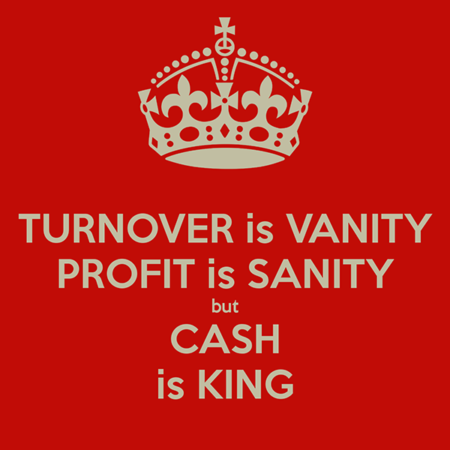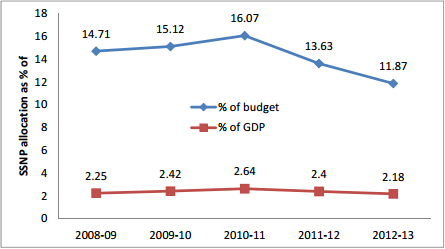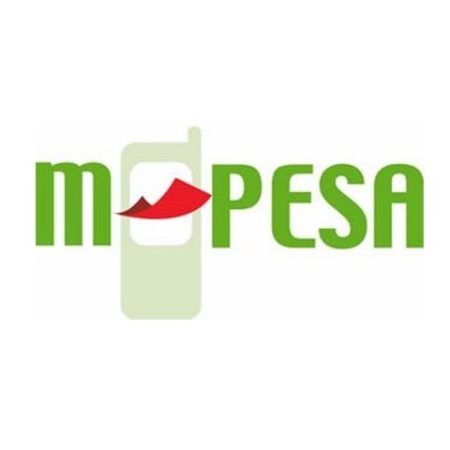Reinventing profit numbers
Traditionally profit numbers have been investigated only from accounting profit perspective and there has not been any cautious efforts made to associate profit numbers with the risk. Economic profit calculated through residual income approach is obviously an improvement as profit numbers are evaluated on a risk-adjusted basis. Net profit or comprehensive profit numbers do assemble numbers which are either non-synchronous with the business model or which are not sustainable in the longer run.
Obviously comprehensive income is an improvement over net profit since it actually nets off the last period’s business performance. Still items like realized gain or loss from capital market operations, gain or loss arising from derivatives trading are not sustainable in the longer run. These items have an expected value of zero in the longer run. There are income/losses arising from non-core operating segments; even though these items will not necessarily drip in the longer run – these items are not quite synonymous to the business model. Residual income is an improvement to accounting profit as it associate fundamental risks with profit making. Firms with higher required rate of return pressure should relatively earn higher than firms with lower required rate of return pressure. So, accounting numbers or even traditional ROE or ROA numbers are not good enough benchmark to evaluate business performance, as business risks have not been considered in these yardstick. Residual operating income is the most improved yardstick to judge a business’s absolute and relative performance as it postulates that firms with higher cost of operation (which is calculated through the cost of unlevered equity) pressure should relatively earn higher than firms with lower cost of operation pressure. So, how can traditional profit numbers be reinvented? The answer is very straightway – either by introducing residual income (risk-adjusted profit measurement) or by introducing residual operating income (risk-adjusted sustainable profit measurements) as the improved yardsticks of corporate performance.











Leave a Reply